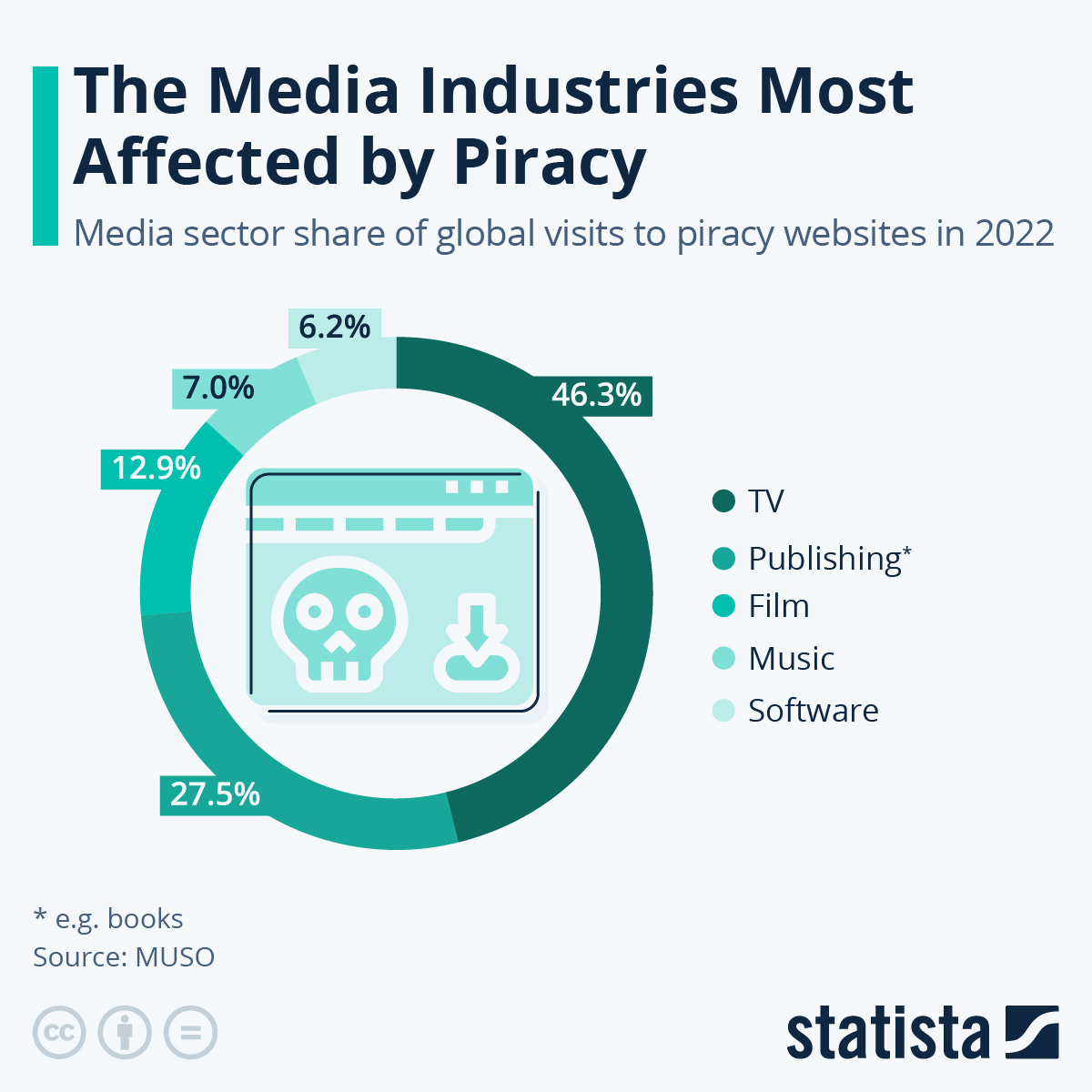This week…
Your reading time is about 6 minutes. Let’s start.
A few updates from last week’s stories. First, on the widening gap of AI usability between English and other languages, Rest of World tested ChatGPT in Bengali, Kurdish, and Tamil. Surely, you can predict how well it did. In any case, Andrew Deck has the story.
Second, Futurism’s Maggie Harrison writes an update on Gannett’s bizarre AI-generated sports articles. Instead of pulling the plug, USA Today edits every article to correct errors. The more coherent rewrites are human-made.
And separately, Gizmodo lays off Spanish editors and is now using AI to translate articles, , which also means no more original stories in Spanish, reports Emilia David for The Verge. Y es por eso que analizamos algunas historias en español esta semana.
And now, a selection of top stories on my radar, a few personal recommendations, and the chart of the week.
ICYMI: The Previous Block featured freedom of speech and under-represented languages in the AI space. CORRECTION NOTICE: None notified.A WhatsApp course taught older Spaniards to spot misinformation. New research suggests it worked (to an extent)
Marina Adami for Reuters Institute:
Out of the 498 course participants analysed, only 190 attended at least one session, and out of those, 87 had attended five or more sessions. The researchers’ analysis was based on this latter, smaller group in order to better assess the impact of having taken the course. Participants who had attended five or more sessions were better at recognising true and false headlines after the sessions than they had been before.
However, there was a difference in this group's ability to correctly identify true headlines and correctly identify false headlines: the group distinctly showed improvement in the former, but less so in the latter.
There was no clear pattern found when it came to age, gender and educational differences between individuals involved in the study. It doesn’t appear that any of these factors significantly affected individuals’ ability to recognise true and false news, the researchers concluded.
Links to the the paper and Poynter’s MediaWise media literacy WhatsApp courses (also locally contextualised for Brazil, Guatamala, France, and Turkey) are in the article.
A local WhatsApp newsletter is helping people make the most of a Spanish city
Hanaa’ Tameez for Nieman Lab, taken in parts:
The Meta-owned messaging app has more than two billion users worldwide. It’s the preferred messaging app in most countries outside of the United States because it’s free, easy to use on multiple devices, and just needs a WiFi connection to work.
Of course, that also makes it a prime platform for misinformation to spread. But even with its drawbacks, it’s where people are, making it a convenient way to share news.
That’s Juan Andrés Muñoz’s thinking behind Pamplonews, a WhatsApp-only daily local newsletter that tells subscribers the need-to-know cultural news in the city of Pamplona, Spain. Muñoz, who was previously the managing editor of CNN en Español, launched Pamplonews with co-founder Diego Macaya in May. In three months, the newsletter has more than 3,700 subscribers.
Pamplonews is the only news outlet in Spain and Portugal that operates exclusively on WhatsApp, according to Iberifier, a media research and fact-checking organization that tracks news outlets in the Iberian Peninsula.
The newsletter is written in a casual, friendly tone with liberal use of emojis that separate each new block of text. The “stories” in each block let readers know about different events or activities happening in the city that day or later in the week. Every story includes a direct link to a corresponding website, instead of a backlink to Pamplonews.
A trend (see next story).
Why the future of digital-only local news may be small, focused and based on email
Jim Edwards for Press Gazette:
The local news problem is simply stated: fewer people want newspapers because their phones are better at providing them with information on demand. And the economics of providing local news digitally are all but impossible: local audiences are too small to generate the page views needed to fund them via advertising.
As a rule of thumb, an individual reporter needs to drive millions of page views per month to generate enough ad revenue to cover newsroom costs. And even if a local publication could get that level of traffic, local advertisers don’t have big enough budgets to sustain them.
The result: hundreds of local newspapers have closed in the UK since 2009 and in the US, two local newspapers close every week, on average.
Yet a small number of digital-only local newsrooms are starting to thrive and grow.
What I read, listen, and watch…
I’m reading “Those Born Later,” an essay by Helmut Walser Smith on Aeon about how a nation takes responsibilty for its past wrongs.
I’m listening to NYT’s The Daily on Wikipedia’s moment of truth in the face of AI chatbots like ChatGPT.
I’m watching CBC’s David Common hunting down Canada’s stolen cars in Ghana.
Other curious links:
“Malaysia mulls rules for Google, Meta to pay news outlets for content” by Danial Azhar for Reuters. What are you thinking, Malaysia?
“What is media criticism for?” by Jon Allsop for CJR.
“The ‘weird’ male Y chromosome has finally been fully sequenced. Can we now understand how it works, and how it evolved?” by Jenny Graves for The Conversation.
“Population collapse almost wiped out human ancestors, say scientists” by Hannah Devlin for The Guardian. This could’ve been us.
“Los capitanes de la selección rechazan los “comportamientos inaceptables” de Rubiales” por Ladislao J. Moñino en El País. El comunicado llegaba demasiado tarde.
« A l’école, un siècle de lutte contre les signes religieux : crucifix, voile, abaya... » par William Audureau dans Le Monde.
Chart of the week
Statista’s Florian Zandt charts anti-piracy company Muso’s stats on the media industries most affected by piracy in 2022:

And one more thing
Gary Marcus’ beautiful tribute to the multi-disciplinary scholar Karen Bakker, author of the critically acclaimed book The Sounds of Life on how digital technology could assist in interspecies communications.
Her TED Talk mentioned above can be watched here.





